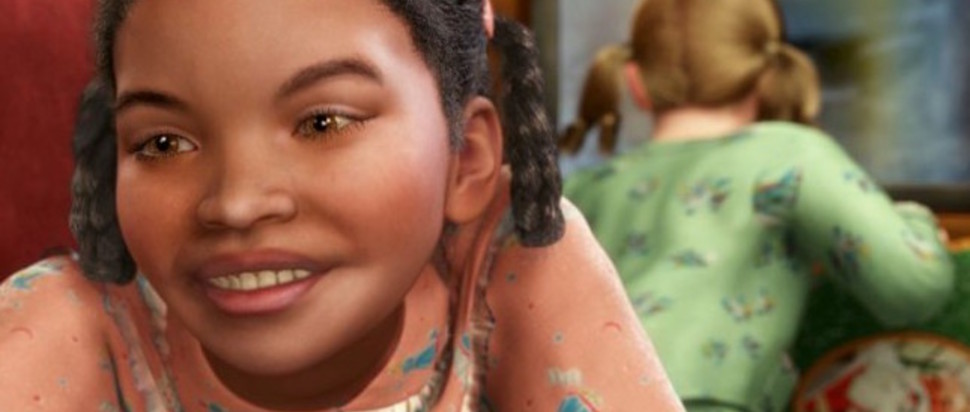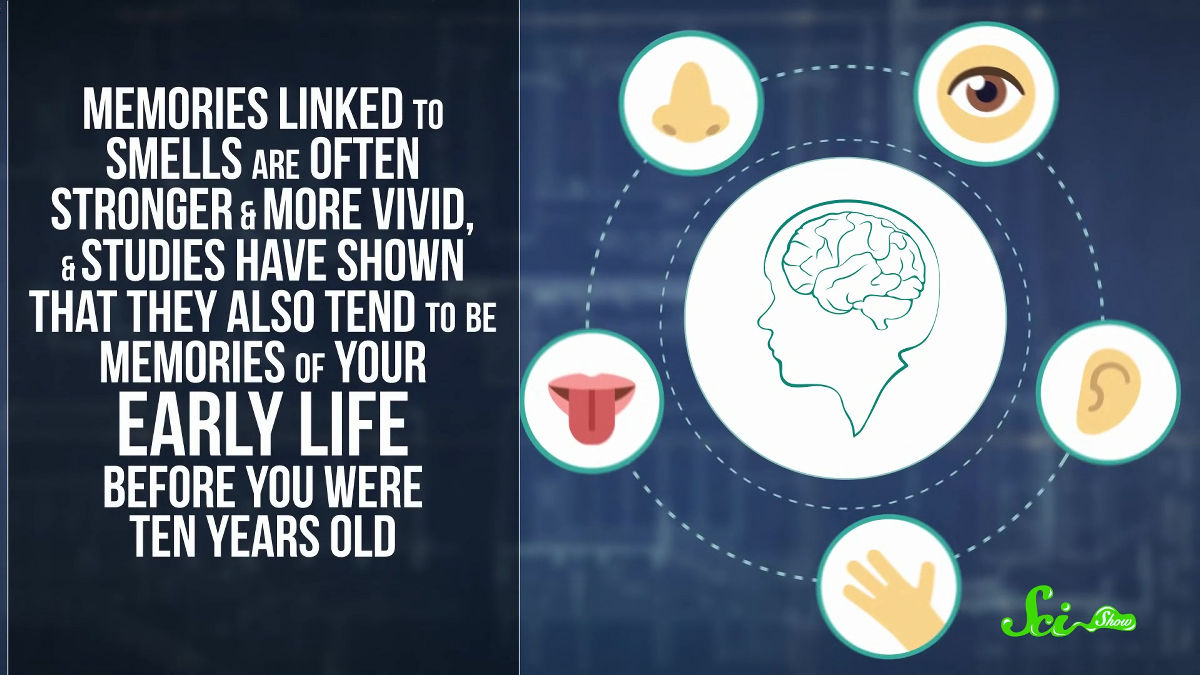https://www.youtube.com/watch?v=VCkvZFoIgDk here is a video i found about anosmic that I think is very interesting.
Tuesday, June 23, 2020
post 1 ANOSMIC
https://www.youtube.com/watch?v=VCkvZFoIgDk here is a video i found about anosmic that I think is very interesting.
Sunday, June 21, 2020
Post #2: Anosmia
Saturday, June 20, 2020
Mirror Neurons and the Evolution of Language
Friday, June 19, 2020
Blog Post #3 - Multisensory Perception (Chapter 10)
Blog Post #2 - Seeing (Chapter 8)

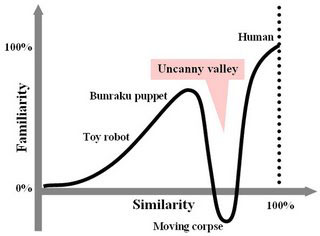
Blog Post #1 - Sense of Smell (Chapter 3)
Chapter 3 discusses the sense of smell in relation to retrieving memories, specifically how scent adds emotion to how you remember your life. I found this really interesting because I can associate certain memories with scents. Odor-induced memories can bring a person back to a specific time and context. Research shows that scents can make a memory seem more emotional too. I have a difficult time remembering my early childhood, but I can remember certain times from smells.
Thursday, June 18, 2020
Anosmia (chapter 3)

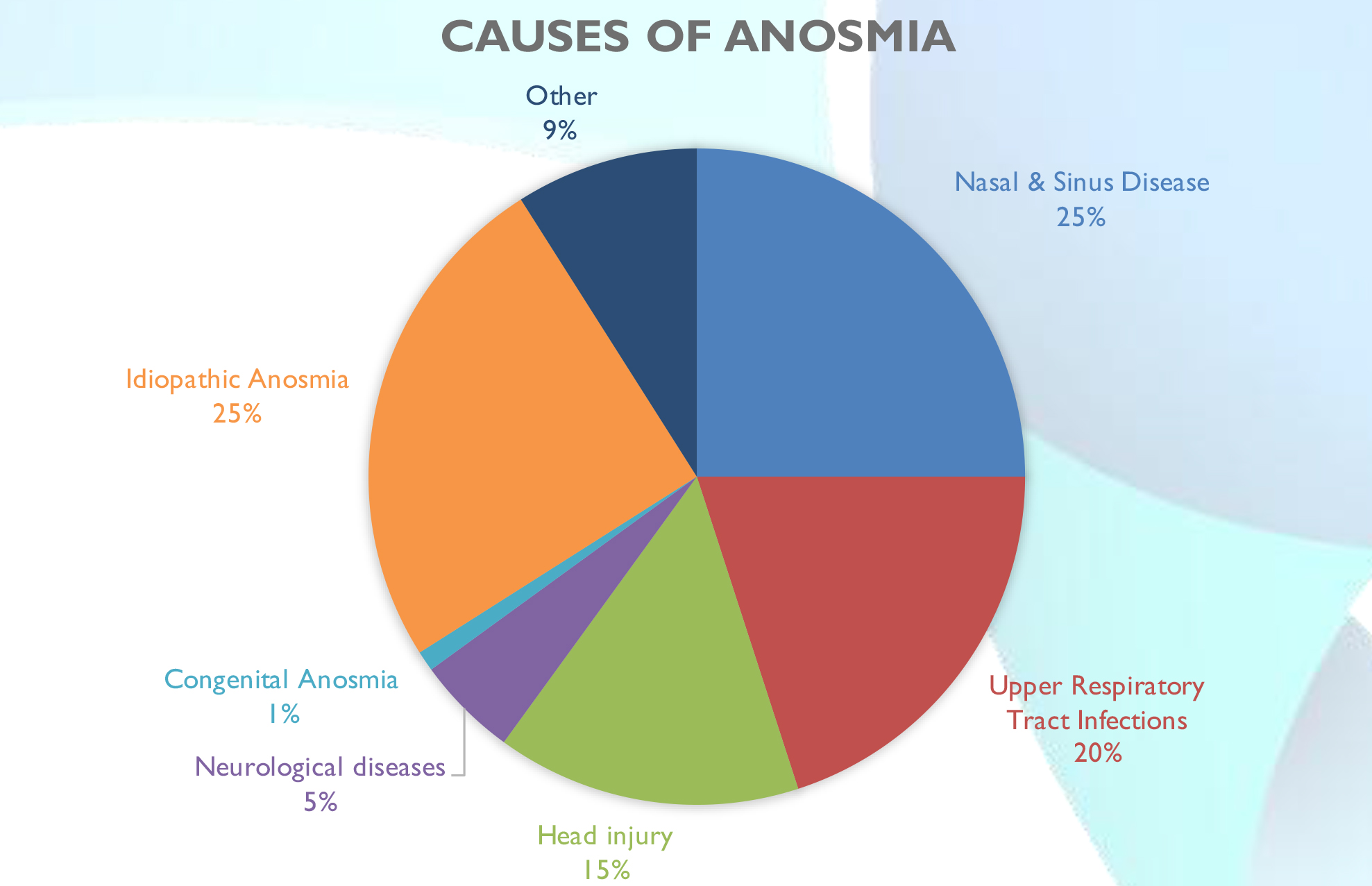
Mirror Touch Synesthesia

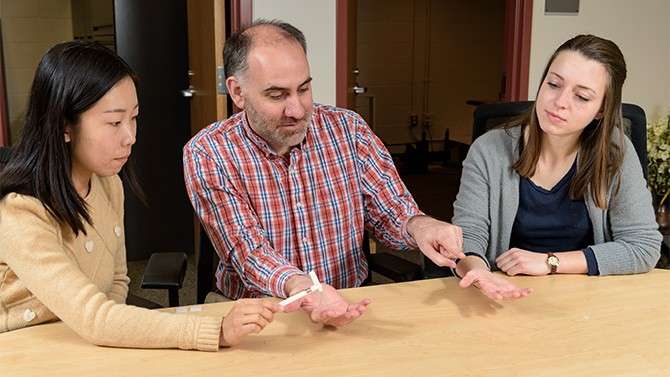
Celebrities with Synesthesia
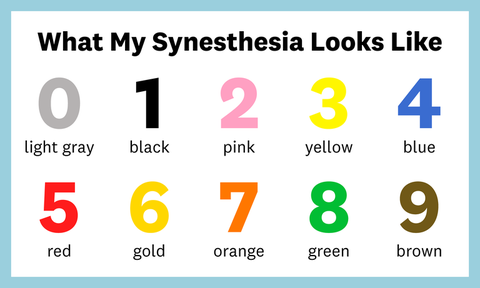


Tuesday, June 16, 2020
Lip reading
Post #3 Anosmia
Post #2 Auditory Approach
Post #1 McGurk Effect
The McGurk Effect is known as a change in auditor perception induced by incongruent visual speech, resulting in a single percept of hearing something other than what the voice is saying. This is very interesting to learn about. In the video I attached explains it very well. When they did a side-by-side it was interesting how just by looking at two different sides of the computer I heard two different things. On the left all I heard was “va” and on the right I heard “ba”. This video is very important to understand and to know the accuracy of unisensory components is reflected into audiovisual speech perception!
Our Sense of Body Ownership
The rubber hand illusion, as well as the out-of-body experience explained in chapter 6, led me to question the components that allow us a sense of body ownership. We know from the rubber hand illusion that visual and tactile input together, synchronously creating an illusion, can trick our brains into feeling as if the rubber hand is our own. It appears as though the movement (the synchronous stroking) in both of the aforementioned experiments was critical to creating a false sense of body ownership. Our own movement, or action, is intimately connected to our sense of body ownership– we know what is part of our body from our conscious control over it. The article I’m linking explores our sense of body ownership, suggesting that action is critical to self-recognition, which is a key component of ownership.
https://www.the-scientist.com/features/understanding-body-ownership-and-agency-31597
A Cat Born Without Eyes
Post #3 Just add some paint
https://bramblitt.com/
Post #3- The McGurk Effect
Post #3: Becoming a Sommelier
Post #2- Tadoma
I have always naturally been very interested in the way deaf-blind people communicate. I have heard about Helen Keller, but never understood how she communicated until now. Tadoma is used by deaf-blind people to properly communicate. In Tadoma, the deaf-blind individual places their hand on the talker’s face and tries to accurately interpret what they are saying. Most Tadoma users place their hands on the lips of the talker while some place their hand on the chin and cheek of the talker. The hand placement comes down to experience and comfort for the Tadoma-user. In the video, you can see, deaf-blind individual David Geyer places his hands on the lips and cheeks of the talker. To answer the talker, he then places his hands on his own lips and chin to ensure he is making the right movements with his lips and is conveying what he wants to say. The article attached speaks about how research proves that the performance of this technique “is roughly equivalent to that of normals listening in noise or babble with a signal-to-noise ratio in the range 0-6 dB.” Following lip and jaw movement, airflow, and vibrations can help users of Tadoma communicate very efficiently, almost as efficiently as normals.
https://pubmed.ncbi.nlm.nih.gov/3973218/Post #2: Sense of Smell
Post #1: The Rubber Hand Illusion
Monday, June 15, 2020
Post #2 The highest form of flattery - Mimicking
Sunday, June 14, 2020
Synesthesia
Post #1- Synesthesia- What color is Tuesday
Friday, June 5, 2020
Post #1 Out-of-body, out-of-mind
Tuesday, June 2, 2020
Post #1: The Importance of Scent Aroma
Monday, June 1, 2020
Beep Ball Blind Baseball
Having played baseball most of my life, admittedly I would never think this would be so possible! I wouldn't say I was skeptical when reading this, I was more in shock. To be able to begin or continue a sport you love without having vision to see is truly remarkable. It shows us how strong our senses can really be. This section showed me how much value our hearing, and feeling has, as you are able to continue every day living and activities with sight being taken away. As described in the book, it certainly isn't an easy task, but as beep baseball shows when you put work in to what you love, anything can be possible. I think this also gives a lot of hope for people who may be losing or have never had the gift of vision.

